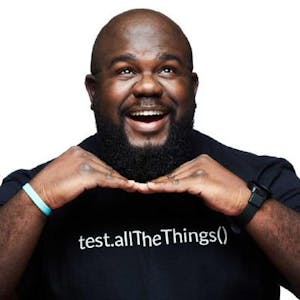GraphQL is an immensely powerful tool and while there are tons of resources out there on how to leverage it, there doesn't seem to be much open discussion around Day 2 (maintenance in production) operations of GraphQL. In this talk, we'll be focusing around observability and the various techniques and tools we can use to get a better understanding of how our graphQL services are running in production. More specifically we'll be focusing on combining ApolloServer and OpenTelemetry.
